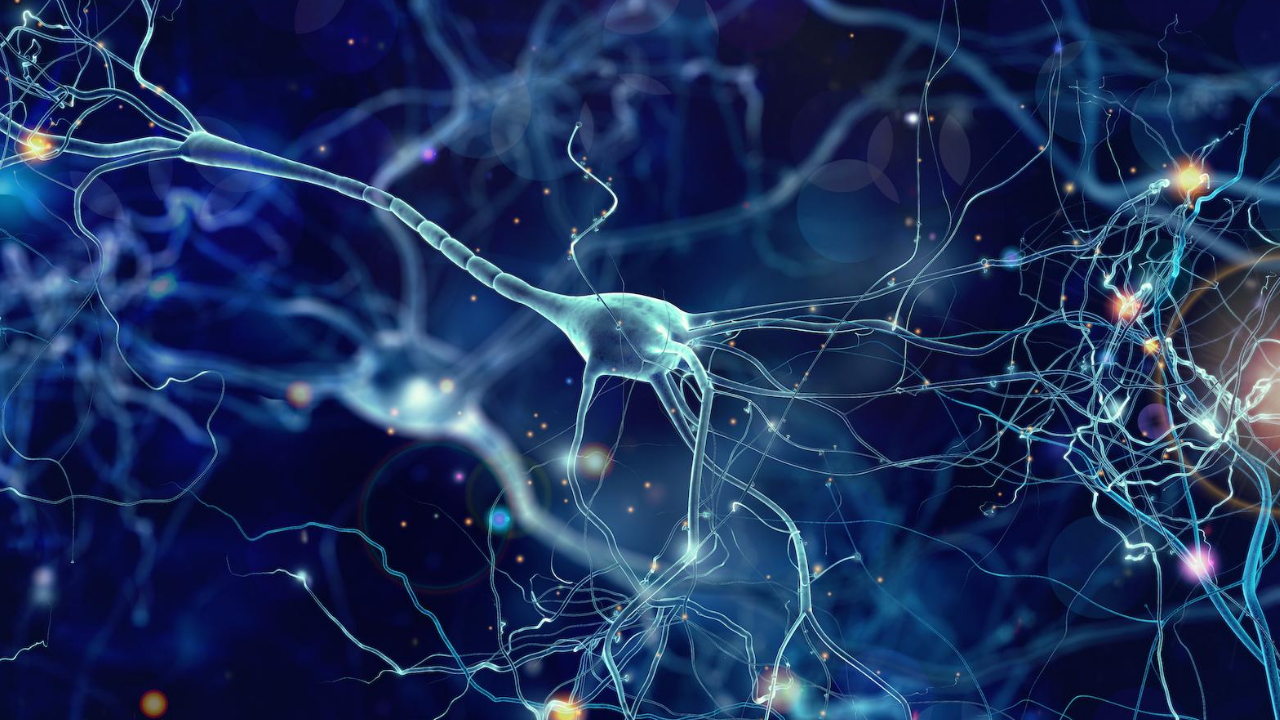August 13, 2020
3m 56s
Share:
Lack of oxygen not only damages neuronal cells, but it also affects angiogenesis in injured tissue and synaptic connections. Under normal conditions, oxygen must be released from the red blood cells, cross the blood-brain barrier, and reach the glial mitochondria. In Hyperbaric Oxygen Therapy (HBOT), oxygen transport is independent of transport through these cells, since the concentration of dissolved oxygen increases and, therefore, the arrival at the organelles is more efficient.
HBOT does not necessarily have to begin immediately when a stroke occurs but could start in the regenerative or degenerative stages. Elevated oxygen levels provide the energy necessary for cell regeneration.
In a prospective study, 74 patients who had suffered a stroke between 6 and 36 months previously were treated with 40 sessions of Hyperbaric Treatment. Brain activity was evaluated by images (SPECT); while neurological functions were evaluated by NIHSS, ADL, and quality of life. The results indicated that HBOT can lead to significant improvements in the recovery of stroke patients, even in late stages. There were observed clinical improvements involving reactivation of neuroplasticity even in periods long after the accident1.
In addition to the cognitive sequelae, HBOT can be applied to increase cerebral blood flow and volume, since it was shown that neuroplasticity can be induced by stimulating angiogenesis2. This is because the hypoperfusion detected is a limiting factor in cell regeneration. With Hyperbaric Therapy, the level of oxygenation is increased, and this provides the necessary energy for repairing.
This is why by generating hyperoxia, the regenerative process in neurons and glial cells is maximized. Providing oxygen as a supportive treatment can catalyze brain plasticity, increase neurogenesis, and synaptogenesis. In addition, increasing perfusion correlates with improvements in cognitive functions in terms of visual-spatial ability, information processing speed, and motor function.
Other effects that are obtained are improvements in mitochondrial function and cellular metabolism, reduction of apoptosis, relief of oxidative stress, increased levels of neurotrophins and nitric oxide, as well as positive regulation of neuronal agents2
The mechanism by which neuronal activity is restored is complex. The combined action of hyperoxia and hyperbaria acts on the tissues and the expression of certain genes. HBOT can stimulate angiogenesis, induce axonal regeneration, stimulate axonal growth, promote the integrity of the blood-brain barrier, and reduce edema and inflammatory reactions in brain tissue.
In a situation that generates hypoxia and cellular injuries, such as a stroke or trauma or Cerebral Palsy, the conditions generate depolarization of the mitochondrial membrane and the induction of MPTP, which reduces the efficiency in energy production, raising EROS levels. Therefore, Hyperbaric Oxygenation can reverse this abnormality3.
HBOT can also limit erythrocytes deformity. By decreasing the deformity, neuronal injury can be decreased. Also, by stimulating angiogenesis and tissue perfusion, HBOT maintains constant levels of energetic molecules such as glucose, pyruvate, lactate, since it could increase neurochemical absorption and increase their storage in glial cells. A study by Zhang et. Al suggests that by regulating the levels of these metabolites the area of infarction could be reduced4
As explained in that trial, several studies suggest that treating inflammation protects the brain from damage. After a stroke, leukocyte infiltration increases tissue damage. HBOT reduces the levels of TNF alpha, IL 1, and IL 6, secreted by monocytes. HBOT inhibits the adherence of leukocytes to brain capillaries and the infiltration of neutrophils. Another inflammatory factor that is expressed in brain inflammation is COX-2, after stimuli such as hypoxia and ischemia.
Another of the neuroprotective factors of HBOT is the inhibition of neuronal apoptosis. It is known to decrease the expression of CASPASA-3, abolishing DNA fragmentation, and preserving cellular integrity. Although the mechanism responsible for the anti-apoptotic effect is not clear, some explanations are proposed.
The first mechanism involves increasing oxygen levels in areas with decreased blood flow. The second explains that, by reducing hypoxia-ischemia, HBOT also reduces the pathological events that result from hypoxia: cerebral edema, increased permeability of the blood-brain barrier, metabolism disorder, and inflammation. According to the third and final mechanism, HBOT could affect the gene expression of those who are sensitive to oxygen levels. HBOT was observed to decrease the level of HIF-1 and other genes related to hypoxia4.
In a series of studies, Bullock et. Al showed that hyperoxia maintains the mitochondrial membrane potential and increases ATP production. The activity of caspase 9 and caspase 3 was also significantly reduced, but the caspase 8 activity did not reduce. Due to these differences, it is proposed that the neuroprotective effect of HBOT is mediated by the action on the mitochondria and the preservation of the transmembrane potential5
The action of HBOT is multifactorial, which is why it is considered a more effective treatment when dealing with specific neuroprotectants. This therapy improves neuronal metabolism, decreases apoptosis, moderates oxidative radical damage, and the inflammatory response, so it is very effective in reducing Post-Stroke sequelae and accelerating neurological rehabilitation times.
Sources
- Efrati S, Fishlev G, Bechor Y, Volkov O, Bergan J, et al. (2013) Hyperbaric Oxygen Induces Late Neuroplasticity in Post Stroke Patients - Randomized, Prospective Trial. PLoS ONE 8(1): e53716.
- Tal S., Hadanny A., Berkovitz N., Sasson, E., Ben-Jacob, E., & Efrati, S. (2015). Hyperbaric oxygen may induce angiogenesis in patients suffering from prolonged post-concussion syndrome due to traumatic brain injury. Restorative neurology and neuroscience, 33(6), 943–951
- Efrati S, Ben-Jacob E, (2014) How and why hyperbaric oxygen therapy can bring new hope for children suffering from cerebral palsy - An editorial perspective. Undersea hyperbar M, 41(2):71-6
- Zhang J, Takkin Lo, Mychaskiwd G, Colohan A. (2005) Mechanisms of hyperbaric oxygen and neuroprotection in stroke. Pathophysiology 12, 65–80
- Yang L, Hei MY, Dai JJ, Hu N, Xiang XY. (2016) Effect of hyperbaric oxygenation on mitochondrial function of neuronal cells in the cortex of neonatal rats after hypoxic-ischemic brain damage. Braz J Med Biol Res;49(5): e5187.
Share:
Related
View cookie policy.


